Date: 17 October 2002
GfEs presents improved Zincoxide/Aluminumoxide and Silicon Aluminum coating materials and a new Chromium material, offering various advantages compared to common products.
GfE Zincoxide/Aluminumoxide (ZnO/Al2O3) is a substitution coating material for Indium Tin Oxide (ITO) for transparent conductive oxide layers. When using this material, layer transparency and conductivity are superior to those achieved with ITO, while coating costs can be significantly reduced.
The improved Silicon Aluminum (SiAl) coating material by GfE is more crack resistant and offers easier control of the coating process and more homogeneous layers than common single crystal and polycrystalline Silicon material. Unlike other SiAl material, GfE SiAl exhibits no porosity and is uniform throughout due to a new manufacturing process developed by GfE. As a substitution for high purity Chromium, the new GfE Chromium offers the same sheet characteristics while being more cost effective.
GfE is one of the leading manufacturers for unique and standard PVD coating materials for large area, optics and wear resistance applications. It has over 80 years of experience in metallurgical materials and approximately 180 employees at its facility in Nuremberg.
For more information visit us at Booth B44 in Hall 12 at glasstec

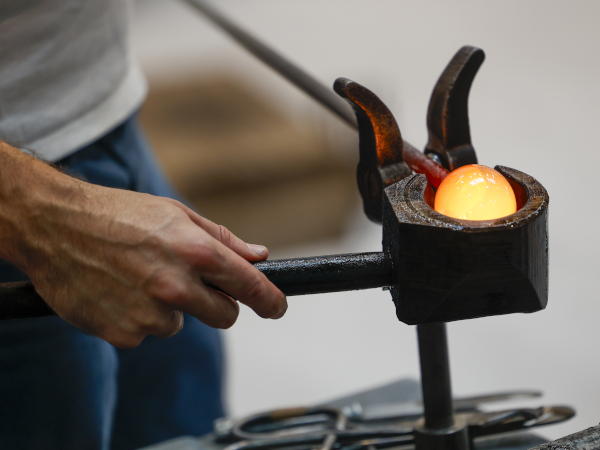
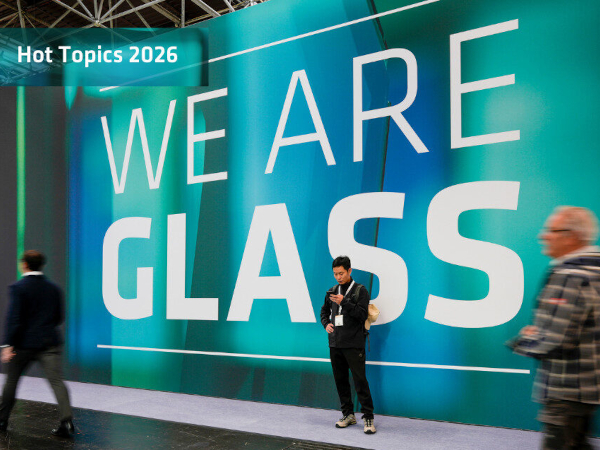
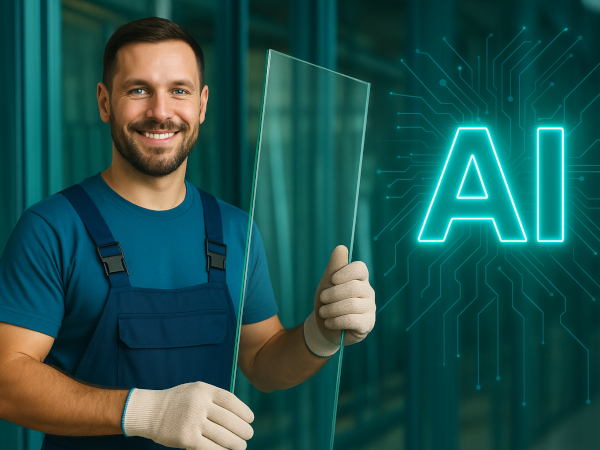
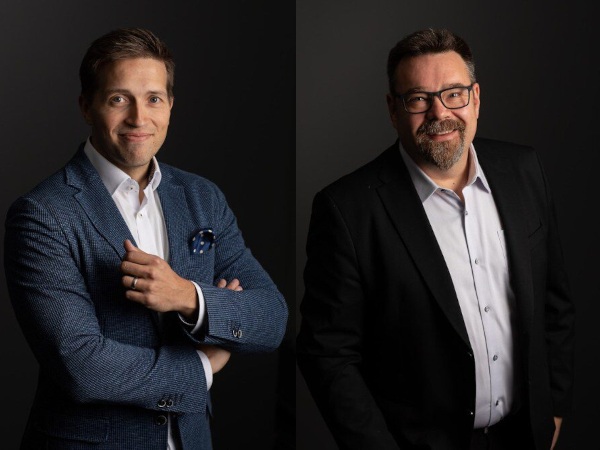

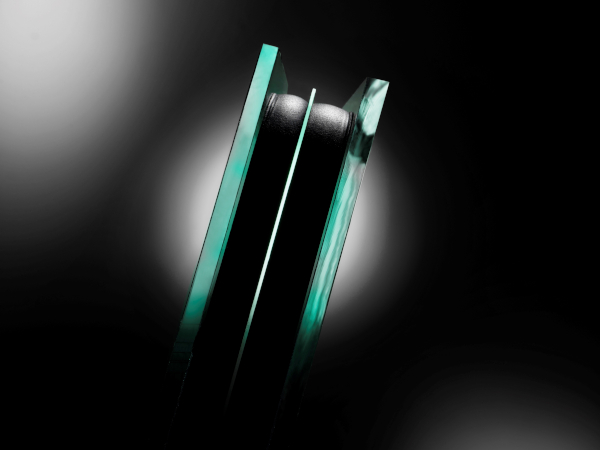
Add new comment